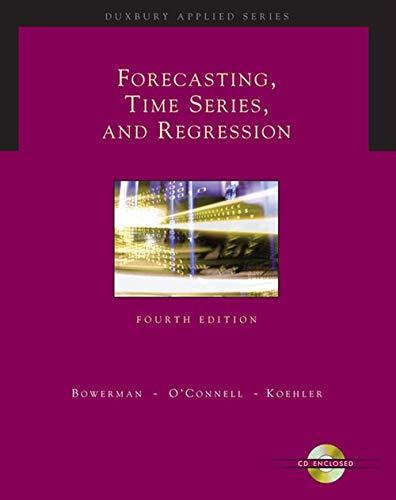Answered step by step
Verified Expert Solution
Question
1 Approved Answer
HypothesisTests: Problem 10 (1 point) It is claimed that the average Canadian family spends 22 percent of their disposable income on food. In a

HypothesisTests: Problem 10 (1 point) It is claimed that the average Canadian family spends 22 percent of their disposable income on food. In a random sample of 960 families, the mean proportion of disposable income spent on food was 21 percent. Conduct the the hypothesis that P, the proportion of disposable income spent on food, is 22 percent against the alternative hypothesis that it is less than 22 percent. Conduct a test using a=.05. What is the value of the standard score: standard score: The final conclusion is A. We can reject the null hypothesis that P = 22. B. There is not sufficient evidence to reject the null hypothesis that P = 22.
Step by Step Solution
There are 3 Steps involved in it
Step: 1

Get Instant Access to Expert-Tailored Solutions
See step-by-step solutions with expert insights and AI powered tools for academic success
Step: 2

Step: 3

Ace Your Homework with AI
Get the answers you need in no time with our AI-driven, step-by-step assistance
Get Started


